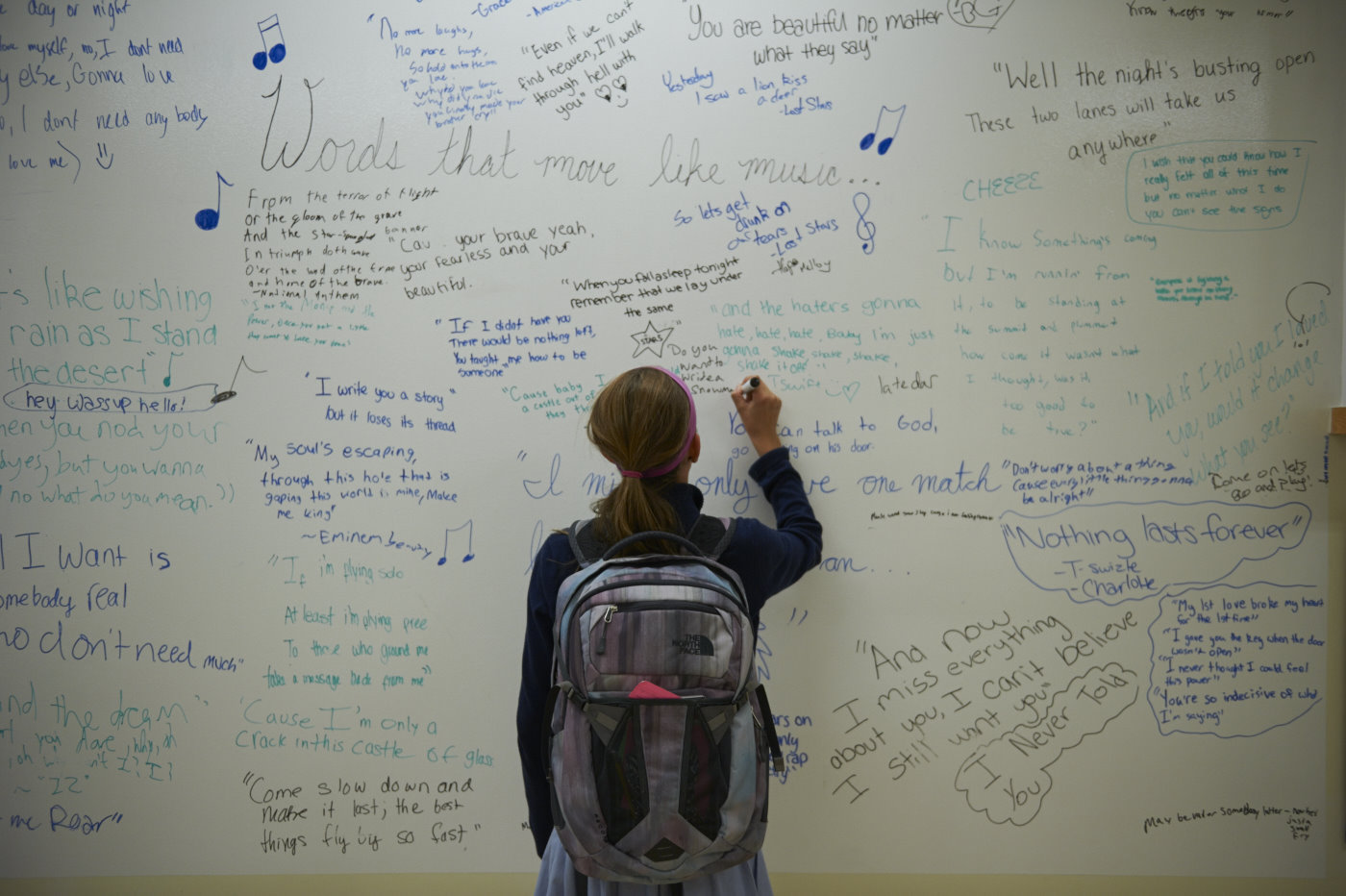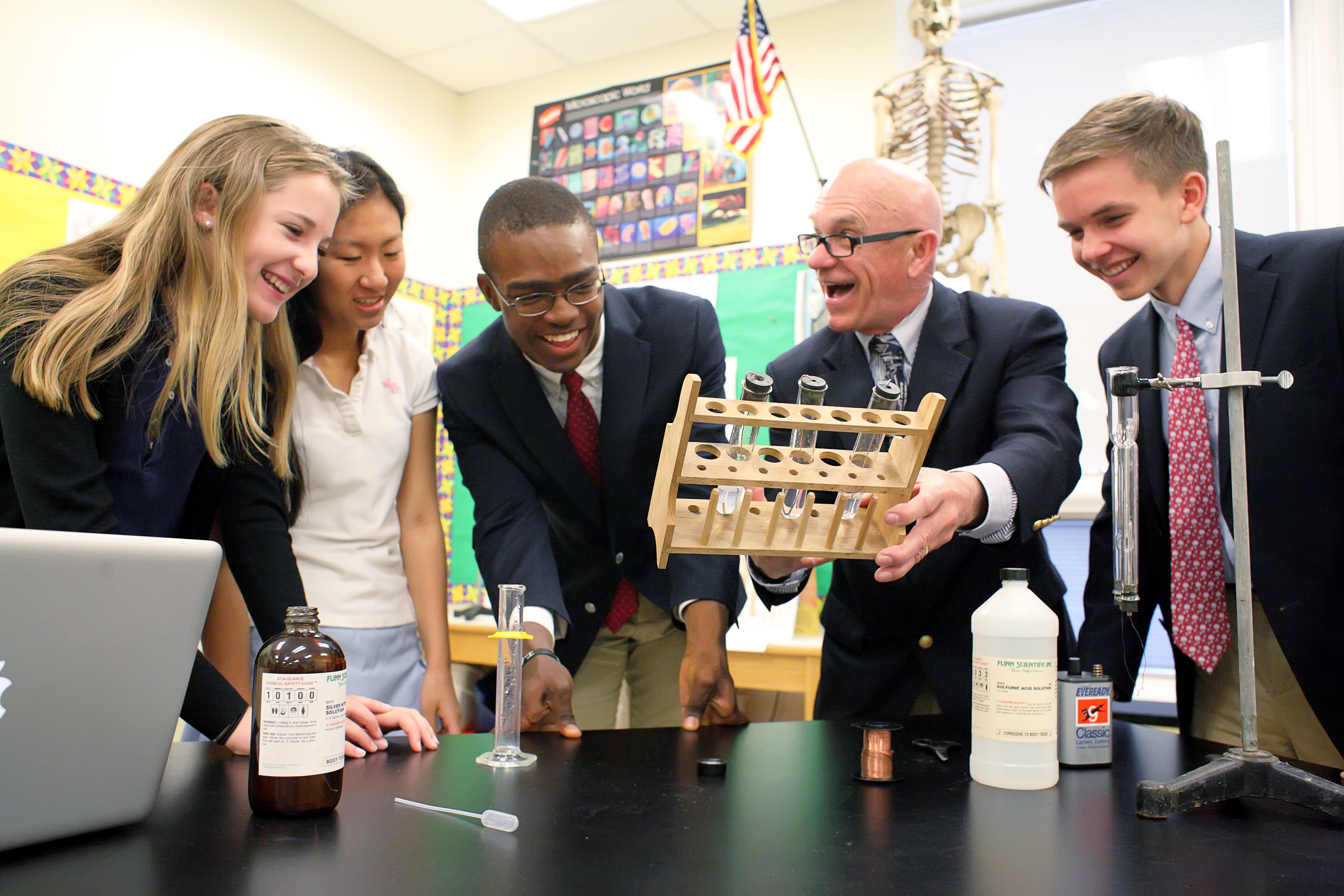CHRIS WEAVER, DIRECTOR OF CURRICULUM AND FACULTY DEVELOPMENT:
Here’s a question — if you gave an eighth grader a chance to design a class, something individually meaningful and big enough to stretch across a year, what would happen? How would it turn out?
We asked this question here at Peck, and it resonated immediately with a couple of things that we feel strongly about.
It’s a time in life that seems to call out for trying something big.
The first is that eighth graders can do more than most people expect. As a K-8 school, these are our oldest students, the ones we’ve watched grow up, and the ones we depend on now to be our school leaders. Probably we’re a little biased, but to us there is something special about eighth grade — a time that contains so many of the parts of being a kid and so many of the parts of being an adult, all swirled together. It’s a time in life that seems to call out for trying something big.
The second has to do with growth. We want our students to be self-starters and problem-solvers, we want them to have a sense of agency around their future, and a sense of grit in pursuing their passions. But to develop these skills, to grow into them, we also know that our students need meaningful opportunities to practice, to try and fail, and to find their own way forward.
So, here’s what we did.







